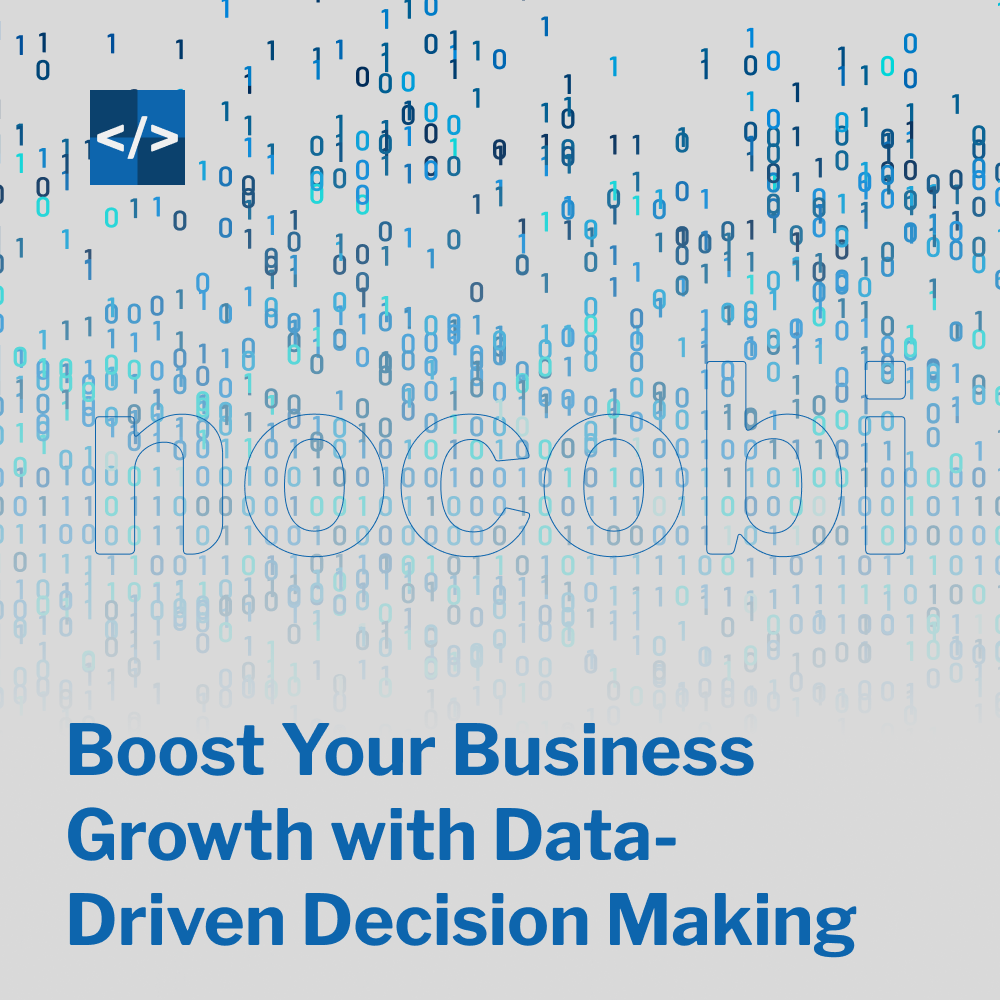Learn how to make informed, data-driven decisions to propel your business forward with the help of data analytics. Discover key steps and tools to get started.
In today’s competitive business landscape, making the right decisions can make or break your company. Data analytics empowers businesses to make informed choices by leveraging the vast amounts of data available. This blog post will guide you on how to take business decisions based on data analytics, with a focus on key steps, tools, and strategies.

Image by our-team on Freepik
- Define Your Business Objectives and KPIs
Before diving into data analytics, it’s essential to have a clear understanding of your business goals and objectives. This involves identifying your Key Performance Indicators (KPIs), which are quantifiable metrics that will help you track your progress. By having well-defined KPIs, you’ll be able to focus your data analysis efforts on what truly matters for your organization.
- Collect Relevant Data
Once you have your KPIs in place, you’ll need to gather the relevant data to analyze. There are several sources of data available, such as sales figures, customer feedback, social media engagements, and web analytics. Ensure that the data you collect is accurate, up-to-date, and comprehensive to support your decision-making process.
- Choose the Right Data Analytics Tools
Investing in the right data analytics tools is crucial for deriving actionable insights from your data. Some popular tools include Microsoft Power BI, Tableau, and Google Analytics. These platforms allow you to visualize and analyze your data to identify patterns, trends, and correlations that can inform your business decisions.
- Clean and Prepare Your Data
Before analyzing your data, you’ll need to clean and prepare it to ensure its accuracy and reliability. This process involves removing any inconsistencies, duplicates, and inaccuracies that may be present in your dataset. Properly preparing your data is crucial for generating meaningful insights and avoiding misguided decisions based on faulty information.
- Conduct Data Analysis and Interpretation
With your data cleaned and prepared, you can now delve into the analysis. Use your chosen data analytics tools to identify trends, patterns, and correlations within your dataset. Remember to focus on your KPIs and business objectives to ensure that your analysis remains relevant and targeted.
- Make Data-Driven Decisions
Once you’ve analyzed your data and derived valuable insights, it’s time to apply these findings to your decision-making process. Use the information gleaned from your data analysis to make strategic choices that will drive your business forward. Remember that data-driven decisions should be evidence-based, objective, and focused on achieving your business goals.
- Continuously Monitor and Adjust
Data-driven decision-making is not a one-time process. To stay competitive and agile, continuously monitor your KPIs and adjust your strategies as needed. This may involve refining your objectives, collecting new data, or updating your analytics tools. Regularly reviewing your data-driven decisions ensures that your business remains adaptable and responsive to changing market conditions.
Data analytics has become an indispensable tool for businesses looking to make well-informed decisions. By defining your objectives, collecting relevant data, investing in the right tools, and continuously monitoring your progress, you’ll be well-equipped to take your business to new heights. Embrace data-driven decision-making and watch your organization thrive in today’s data-rich world.




Deixe um comentário